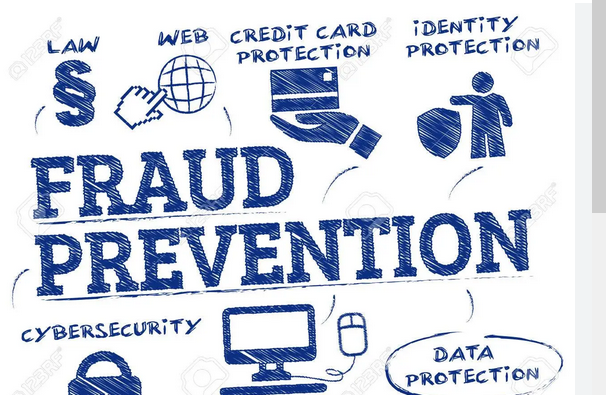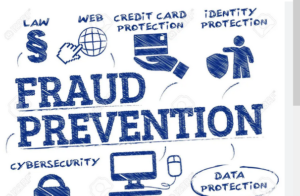FinanceTechnologyTop Stories
Seven steps to preventing fraud


Fraud prevention is an important aspect of protecting your personal and financial information. There are several easy ways to prevent fraud and safeguard yourself from potential scams.
- Keep your personal information private. This includes your Social Security number, credit card information, and bank account numbers. Avoid giving out personal information over the phone or online unless you are certain of the person or company’s identity.
- Use strong passwords and change them frequently. A strong password should include a combination of letters, numbers, and special characters. Avoid using easily guessable information like your name or birthdate.
- Be wary of unsolicited emails or phone calls. Scammers often use these methods to trick people into giving away personal information. If you receive an email or phone call from someone you don’t know, don’t respond and don’t click on any links or attachments.
- Monitor your credit reports regularly. By checking your credit reports, you can spot any suspicious activity and take action to resolve any issues.
- Use security software on your computer and mobile devices. Make sure your computer and mobile devices have up-to-date anti-virus and anti-malware software.
- Be cautious when shopping online. Look for the padlock icon in the address bar, which indicates the website is secure. Also, make sure the website’s URL starts with “https” instead of “http”.
- Use two-factor authentication when possible. Two-factor authentication provides an extra layer of security by requiring a second form of identification, such as a fingerprint or a security code sent to your phone, in addition to your password.
By following these simple steps, you can greatly reduce your risk of falling victim to fraud. Remember to always stay vigilant and trust your instincts when it comes to protecting your personal and financial information.





